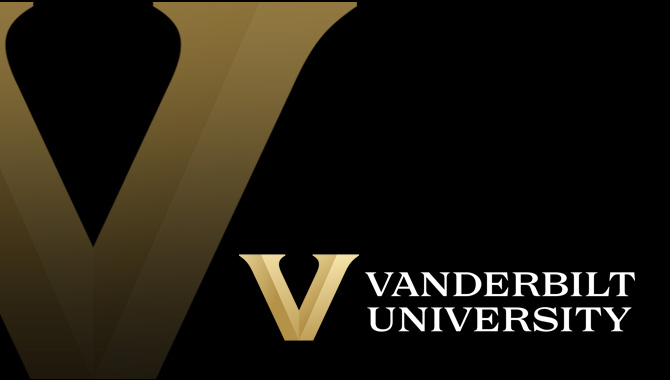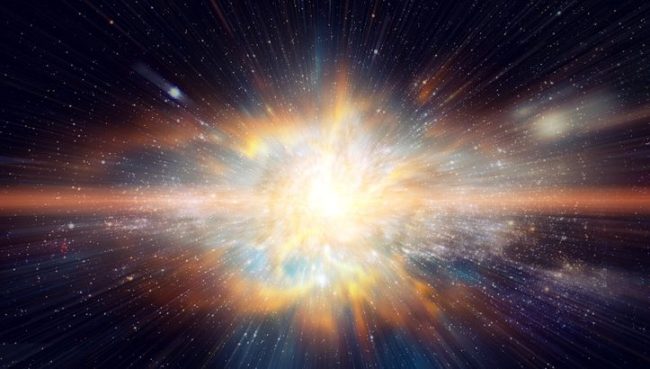Keivan G. Stassun
Stevenson Professor of Physics & Astronomy
Director, Vanderbilt Initiative in Data-intensive Astrophysics (VIDA)
Director, Frist Center for Autism & Innovation
Professor of Computer Science
Affiliated Faculty, Vanderbilt Data Science Institute
Affiliated Faculty, Vanderbilt Kennedy Center
Research Interests
My research seeks to address questions related to the formation of stars and planetary systems. With the advent of all-sky surveys, large-format detectors, and high-performance computers, this work increasingly involves approaches at the interface of astronomy, physics, computer science, and informatics. This is the domain of the Vanderbilt Initiative in Data-Intensive Astrophysics (VIDA), through which we participate in the Sloan Digital Sky Survey and other large-scale collaborations.
Key questions of interest include:
- What are the physical processes involved in stellar birth, and which theory of star formation provides the most accurate description of a young star's evolution?
- What are the physical processes involved in planet formation, and how long does this process take?
- Under what conditions are planets destroyed?
- How do young stars produce energetic X-ray radiation, and what is the impact of this radiation on the environment of young Earth-like planets?
- By what mechanism(s) do young stars slow down the very rapid rotation that should result from their gravitational collapse?
Current projects in the lab include
- Exoplanets: My research team is involved in the exciting hunt for planets around other stars, including planets most like our Earth as well as planets undergoing extreme conditions that help us understand how and when planets are destroyed. We principally carry out this work principally through our own Kildodegree Extremely Little Telescope (KELT) project -- which has discovered dozens of planets and other interesting phenomena so far, especially some of the most extreme -- and the NASA TESS (Transiting Exoplanet Survey Satellite) mission.
- Stellar Astrophysics: Mass is the most important property of a star, determining the course of its birth, life, and death. My work in this area seeks to test and inform theories of early stellar evolution, particularly via empirical mass measurements of young stars. The number of pre-main-sequence stars with empirically determined masses is increasing, but remains small. As such, the pre-main-sequence stellar evolutionary models that are used to infer stellar masses, ages, and other basic stellar properties, remain largely uncalibrated by observation. This limits the ability of astronomers to discriminate between different star-formation scenarios and to accurately determine the timescales for planet formation. This work will be pursued over the coming decade through our development of a new ultraviolet space telescope called UVEX.
Bio
After earning A.B. degrees in physics and astronomy from UC Berkeley, and the PhD in astrophysics from the University of Wisconsin, Stassun was a NASA Hubble postdoctoral fellow before joining the Vanderbilt faculty in 2003. A recipient of a CAREER award from NSF and a Cottrell Scholar Award from the Research Corporation for Science Advancement, Stassun’s research on stars and exoplanets has appeared in more than 500 peer-reviewed journal articles. He is a co-investigator for the NASA Transiting Exoplanet Survey Satellite (TESS) mission and chairs the executive committee of the Sloan Digital Sky Survey. From 2004 to 2015, he served as founding director of the Fisk-Vanderbilt Masters-to-PhD Bridge Program, which has become one of the nation’s top producers of PhDs to underrepresented minorities in the physical sciences. To date, he has mentored 30 PhD dissertations in astronomy and astrophysics and placed more than 20 PhDs into academic research careers. He has served on the federal Astronomy and Astrophysics Advisory Committee, the NSF Committee for Equal Opportunity in Science and Engineering, is a recipient of the American Physical Society’s Nicholson Medal for Human Outreach, and is an elected Fellow of the American Physical Society, American Astronomical Society, and American Association for the Advancement of Science. He has served as an expert witness to the US House of Representatives Committee on Science and Technology. For the past ten years, Stassun has served as founding director of the Vanderbilt Initiative in Data-intensive Astrophysics. In 2017, Stassun launched the Center for Autism & Innovation, focused on advancing science and engineering through the engagement and advancement of individuals with autism. The Center has become permanently endowed by a $10 million gift from Frist Family Foundation. Most recently, Stassun was selected for a $1 million HHMI Professor award, was named Mentor of the Year by the AAAS, was honored by the White House with a Presidential Award for Excellence in Science and Engineering Mentoring, and served on the National Academies’ Decadal Steering Committee for Astronomy & Astrophysics.
Specializations
- Stellar astrophysics; exoplanet science; star formation; techniques for high-precision measurement of stellar and exoplanet physical properties
Representative Publications
For a full list of publications, please see Professor Stassun’s website.



